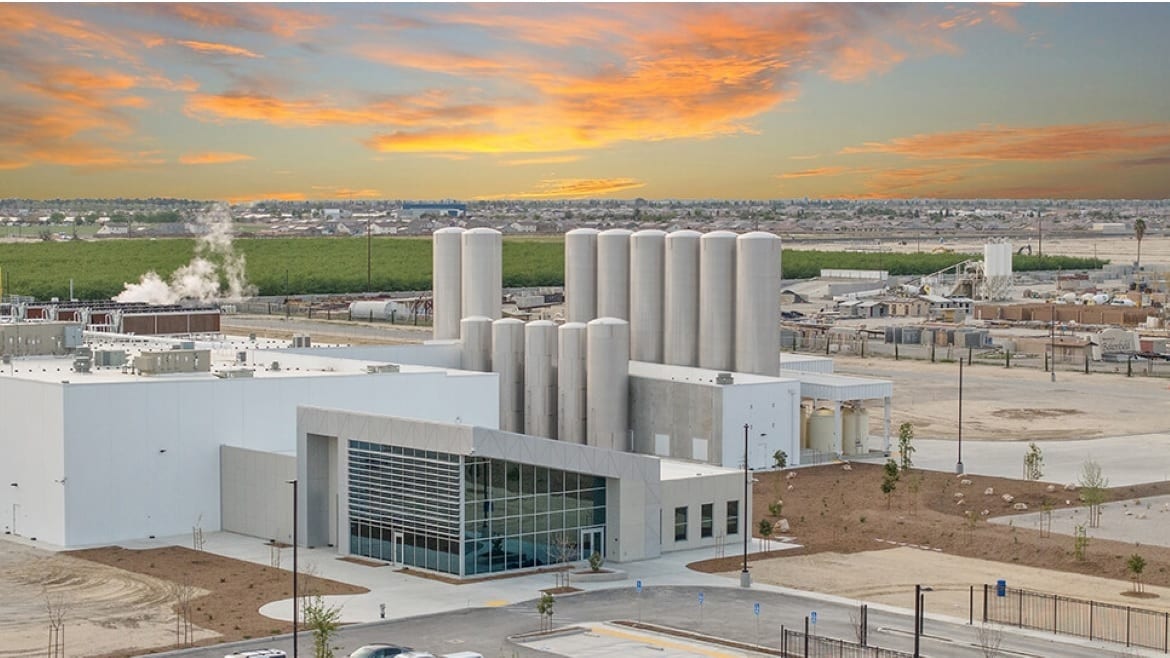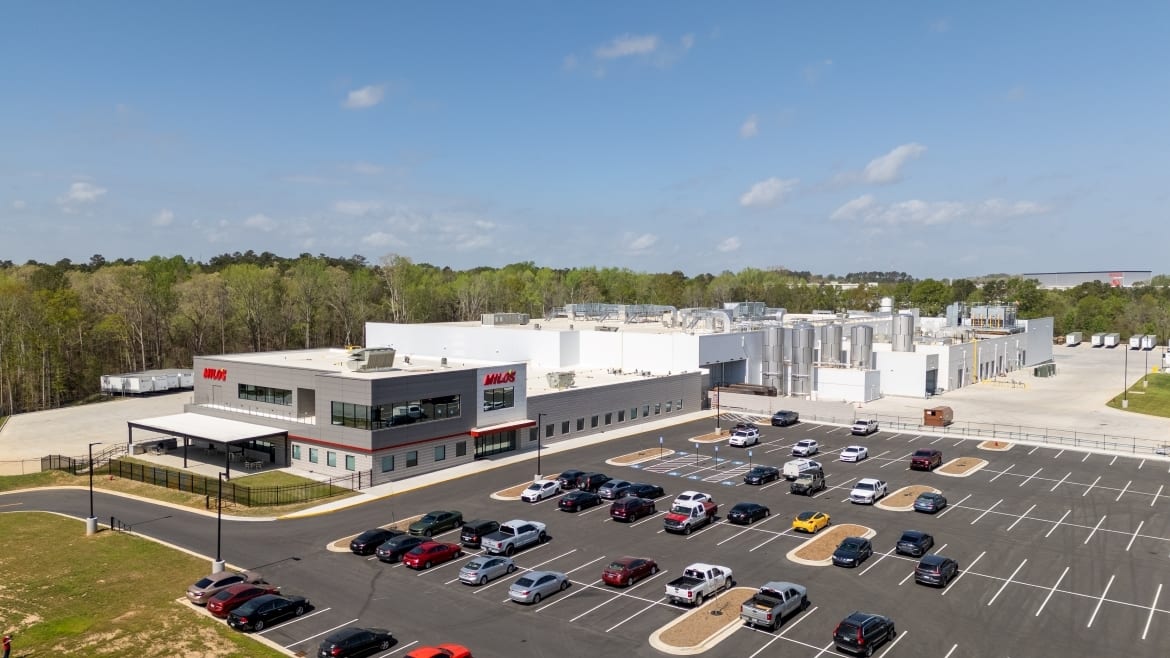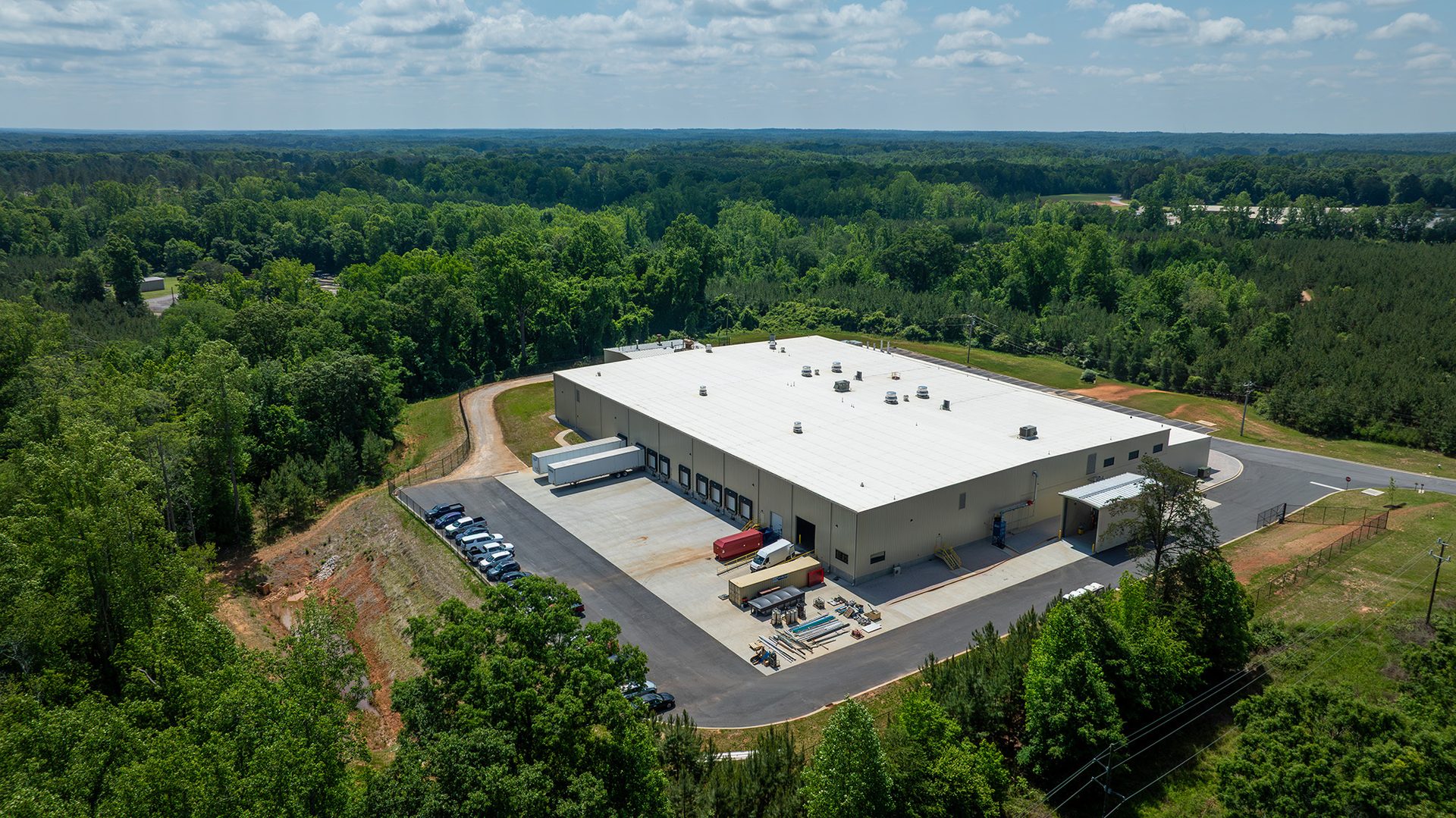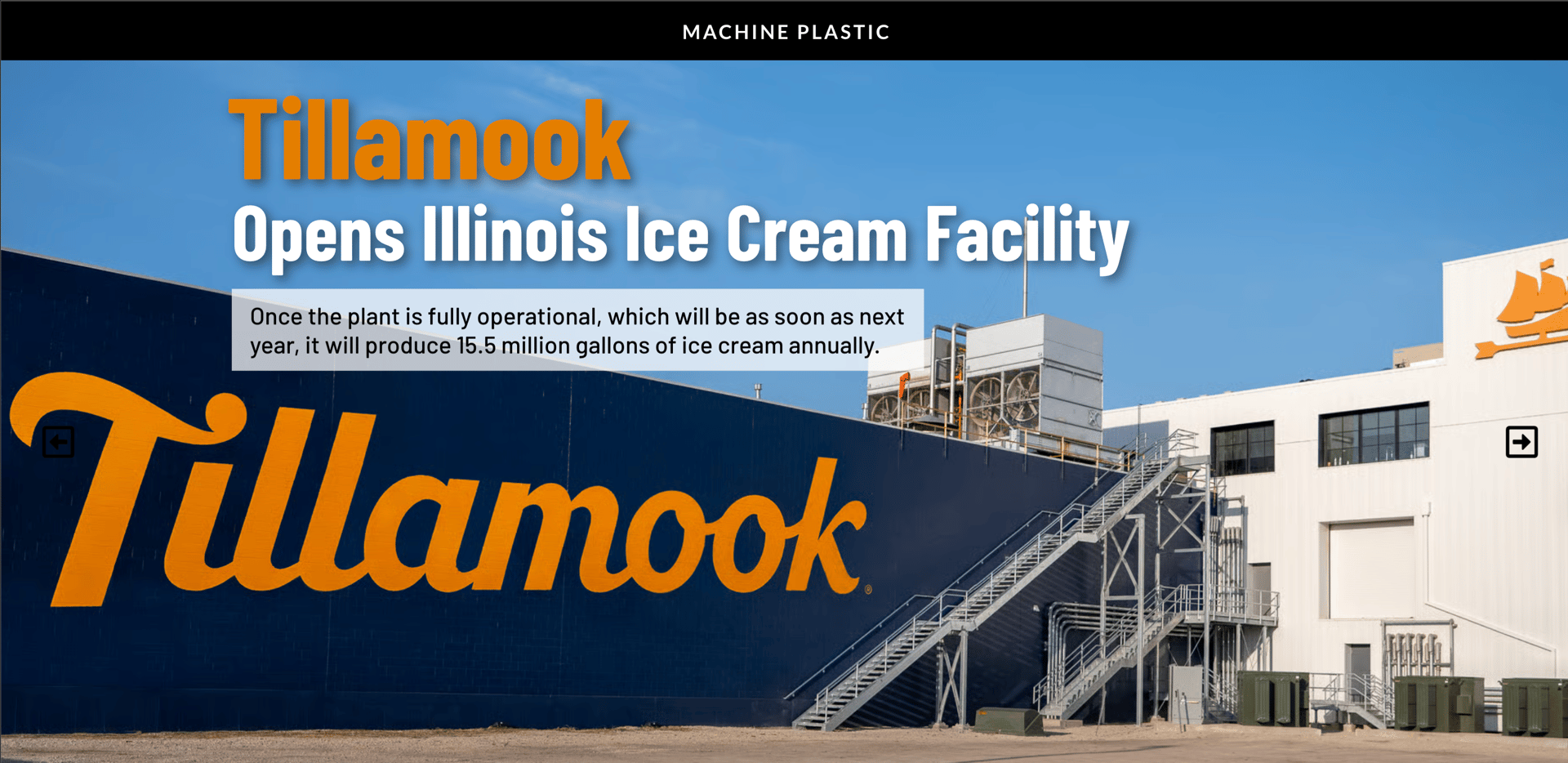Plant Construction Survey
Despite economic uncertainty and other challenges, plant construction, expansion and optimization projects persist.
48th Annual Plant Construction Survey
FOOD ENGINEERING’s
Food and beverage manufacturers continue to expand their operational footprints, but architecture, engineering and construction (AEC) professionals responding to FOOD ENGINEERING’s 48th Annual Plant Construction Survey say a cloud of uncertainty is prompting their clients to take a cautious approach.
Survey respondents, including Max Mather, client development director, Hixson Architecture, Engineering & Process, note their clients are focused on optimizing the efficiency of their current operations, rather than launching large-scale construction projects.
“This shift is largely driven by economic pressures such as inflation, elevated interest rates and uncertainty surrounding tariffs,” Mather says. “These factors have made companies more risk-averse, prompting them to prioritize upgrades and process improvements over new builds.”
As the Trump administration’s tariffs on imported goods loom, food and beverage manufacturers are weighing every project element, adds Carl Morse, vice president, A M King.
“Our clients are spending more time analyzing data, modifying systems and evaluating even the minor details of a project to confirm that they are allocating money in the proper places,” Morse says. “Tariffs continue to cause uncertainty in the industry. However, the impending tariffs haven’t impacted our clients’ decisions to proceed with projects.”
Even with current and impending tariffs, AEC professionals note supply chains have largely stabilized since the COVID-19 pandemic, but long lead times still exist, especially for electrical items.
By Alyse Thompson-Richards
A joint venture by Migros, Givaudan and Bühler Group, The Cultured Hub aims to help startups and other companies in the cultured meat space reduce infrastructure costs. Image courtesy of The Cultured Hub
A M King designed and constructed an expansion at Cheney Brothers’ distribution center in Statesville, N.C. Photo courtesy of A M King.
Top 5 Trends Affecting AEC Firms
1. Capital availability
2. Scheduling equipment arrival to job site
3. Overall cost/controlling costs
4. Food safety: FSMA regulations/GFSI (design. layout, etc.)
5. Fast project deployment
“Supply chain inefficiencies continue, though the situation seems to be easing in some areas,” says Mark Redmond, president, Food Plant Engineering, LLC. “More than shortages, lead time on the receipt of certain products — particularly electrical components and anything related to controls — is long. Thus, we have had to design certain components earlier in the process to preorder them.”
Mark Hubbs, senior account executive for SSOE Group, also notes some manufacturers seek out single-source service providers to more efficiently manage their projects.
Top 5 Trends Affecting F&B Clients
1. Workforce availability (line workers)
2. Increasing production to meet demand*
2. Fast project deployment*
3. Food safety: FSMA regulations/GFSI (design. layout, etc.)
4. Flexibility in plant design to accommodate flexible manufacturing*
4. Site location related to transportation, logistics, utilities *
4. Workplace safety*
5. Allergen separation design
*indicates a tie

California Dairies, Inc. recently opened a manufacturing plant in Bakersfield, Calif. . Photo courtesy of California Dairies, Inc.
“Owners having a single source of responsibility provide the owner with a simpler management structure and reduces owner’s risk exposure to managing multiple service providers,” he says.
Despite economic uncertainty and other challenges, plant construction projects persist. Within the last year, FOOD ENGINEERING has reported on several plant openings and expansions in the meat, dairy, ingredient and cold storage categories.
“The industry continues to see robust investment in new processing and distribution facilities, with dozens of major projects announced monthly across the U.S.,” says Robb Raney, food and beverage manufacturing project director, Burns & McDonnell. “This includes not just new construction, but also expansions and significant equipment upgrades to boost capacity and efficiency. While new developments remain strong, there is also a notable number of network optimization projects, signaling a shift as companies modernize their operations.”
Automation
Incorporating automation, as well as collecting and utilizing production data, remains important to food and beverage manufacturers, says David Overwine, automation engineer, Hixson Architecture, Engineering & Process.
“Clients want data/information from all things connected to the network and want remote access to their facility, securely,” Overwine says. “The trend we see is the upgrading of the network architecture, its structure, and how to store the data. This can be anything from updating PLCs and equipment with Ethernet capabilities, updating the network structure, and adding data solutions software to collect the data for the next steps, e.g. a manufacturing execution system (MES). And with the newer buzz of AI products and software, in which the data/information needs to be in one location for it to work, upgrades will likely continue to be important to clients for years to come.”
Manufacturers are implementing automation in raw material receiving and ingredient handling, process optimization, packaging and palletizing, warehouse and storage, and quality control and inspection, says Burns & McDonnell’s Raney. He notes organizations often start with a pilot program to assess benefits before pursuing full implementation.
“With careful planning and realistic expectations, automation can significantly accelerate timelines, enhance operational efficiency and deliver a strong return on investment (ROI), making it a compelling choice for facility expansions and upgrades,” Raney says. “Clients who approach automation strategically generally find that, over time, it provides clear value and measurable improvements to their bottom line.”
Most survey respondents cite labor shortages as a driver for implementing automation in food manufacturing facilities — particularly for handling repetitive tasks, says Ronald L. Rens, president, Gleeson Constructors & Engineers, LLC.
“We see an increase in automation in processing, packaging and warehousing/logistics due to hiring challenges and the difficulty of retaining team members,” Rens says. “There is also a growing trend toward automation in storage, shipping and packaging. These types of facilities typically take longer to build due to increased system complexity. With automation more sophisticated maintenance is required and it usually reduces flexibility.”

Milo’s Tea Company, Inc. recently opened a $200 million manufacturing and distribution facility in Spartanburg, S.C. Photo courtesy of Milo’s Tea Company, Inc.
Labor Availability
While they influence automation adoption, labor shortages are also an important factor for site selection. In fact, workforce availability is the top concern for food and beverage manufacturers, according to the surveyed AEC professionals.
“The labor force challenge represents the most significant trend affecting our industry,” says Russ Schertz, AVP of industrial manufacturing, Black & Veatch. “There simply isn't the labor force needed to support continued growth in the U.S. food market as it was traditionally designed to operate. This isn't just about wages, though higher compensation has become necessary. The fundamental issue is that fewer people are willing to work in manufacturing environments, particularly food manufacturing with its unique challenges.”
Attracting and retaining talent becomes critical, and that need is translated into plant designs with improved employee facilities, says Hixson’s Mather.
“Many markets have historic low unemployment levels and it can be tough to attract and retain employees with the typical salary-bonus-benefits packages,” he says. “Amenities and more robust employee welfare areas are helping to entice and keep employees on board. Employee welfare areas are now gathering spaces, and companies are choosing to incorporate amenities such as on-site daycare, outdoor decks, basketball courts and comfort rooms for private use (e.g., nursing moms, prayer).”
However, Schertz adds employee safety and welfare features are not enough. They also need opportunities for cross-training, upskilling and career advancement.
“Companies that recognize the connection between facility design and worker satisfaction will have a competitive advantage in attracting and retaining employees,” he says. “This isn't just about installing air conditioning or better lighting — though those help. It's about creating work environments that respect workers' time and intelligence while providing the tools and technology that make their jobs more efficient and engaging.”

A M King recently completed a 70,399-sq.-ft. facility for MÜNZING North America’s U.S. production headquarters in Clover, S.C., to expand its food-grade and non-food-grade additives business. Photo courtesy of A M King.
Food Safety
While the U.S. Food and Drug Administration has extended the deadline for the Food Safety Modernization Act’s (FSMA) 204 Traceability Rule, food manufacturers continue to design facilities with food safety and traceability in mind.
In fact, survey respondents cite food safety as a Top 5 concern for both AECs and their food and beverage clients.
“Processors will be required to record events throughout the harvesting, cooling, packing, shipping and receiving of goods,” says Tyler Goodwill, design leader, A M King. “They may then need to incorporate new machinery/equipment and infrastructure to accommodate new traceability systems. We continue working with our food processing clients to understand the rules they must follow and support their process by implementing sanitary design principles into the construction of their facility. These efforts will significantly mitigate food safety risks, protect their brand and help them avoid costly shutdowns.”
Gleeson’s Rens also points to the importance of ingredient handling and separation.
“There seems to be an increase on the focus on inspection of incoming material and eliminating potential contaminants from the process areas,” he says. “Processors are looking for flexible spaces that can be converted quickly for alternate products. Line separation allows sanitation on a line while others remain in operation. This also helps manage allergens and reduce cross-contamination risks.”
In addition to physical food safety concerns, manufacturers are increasingly facing the potential for cyberattacks. As Black & Veatch’s Schertz notes, modern manufacturing equipment can serve as entry points into a company’s operational technology (OT) system, making cybersecurity measures a necessity.
“Traditional food safety protocols and facility designs were developed around physical contamination risks and human safety concerns,” he says. “The regulatory framework and design standards haven't fully evolved to address these digital threats, yet the risk is very real. A successful cyberattack on food production equipment could potentially affect product safety, disrupt supply chains or compromise the integrity of the food supply.”
Alternative Protein
Jason Robertson, vice president, food and beverage, CRB, notes there are key differences in designing facilities for traditional protein and alternative protein production.
“While traditional protein facilities are optimized for handling biologically-derived raw materials with strict sanitation and cold chain requirements, alternative protein facilities often incorporate elements from both food and biotech manufacturing,” he says. “These facilities typically demand flexibility to accommodate rapid innovation and scaleup, particularly for fermentation-based or cell-cultured protein processes. You'll also see strong emphasis on hygienic design, some cleanroom-like environments, and utility systems that support precision control and sterility — areas where life sciences design principles come into play.”
Robertson also points to the many headwinds the alternative protein category faces, including funding, scalability, and consumer and retailer acceptance.
“Venture capital funding has slowed, and there are growing political challenges, including efforts in some states to restrict or ban the sale of certain alternative protein products,” he says. “These pressures are affecting the pace of growth, and in some cases, delaying or scaling back capital projects in the space.”
Black & Veatch’s Schertz notes developing specific regulations for manufacturers of alternative protein products could reduce capital expenditure, making these facilities more economically viable and potentially accelerating market adoption.
“Current USDA standards treat all food products similarly, regardless of whether they're produced in enclosed systems, go through kill steps, or end up as powders that bear little resemblance to traditional meat products,” he says. “A product might spend its entire production cycle inside tubes and emerge as a sterile powder yet still be subject to the same facility requirements as conventional meat processing. This regulatory lag creates unnecessary capital requirements for alternative protein facilities, at a time when the market is demanding cost parity with traditional products.”
Shertz also points to operators that have worked with plant-based proteins for decades needing to update and expand.
“They're not newcomers to this space — Black & Veatch is currently renovating some of their facilities that are so old they predate modern approaches entirely,” he says. “These established companies are now hedging their bets, investing in both traditional and alternative proteins rather than choosing sides. They're positioning themselves to be protein companies broadly, regardless of the source.” FE



